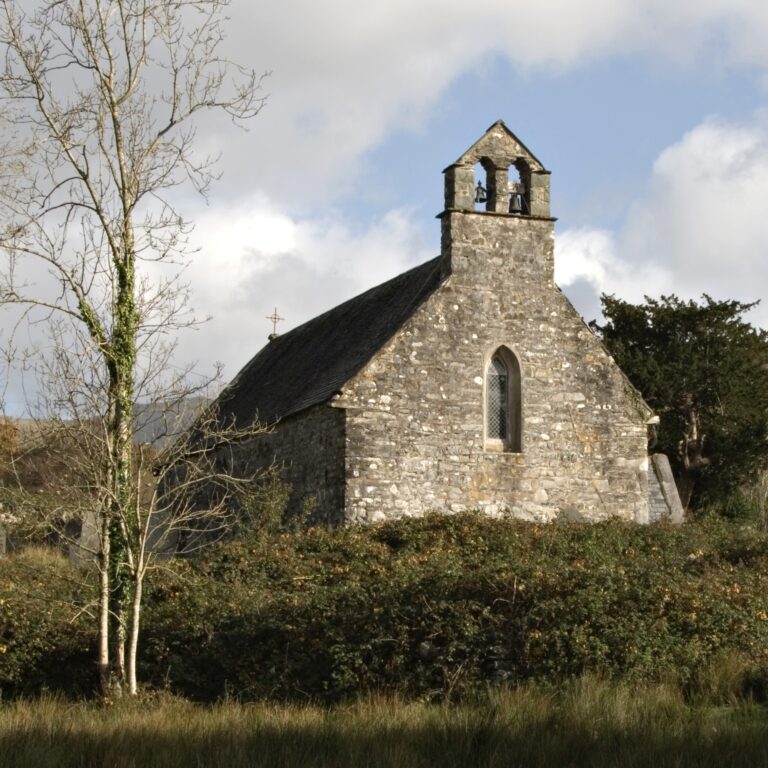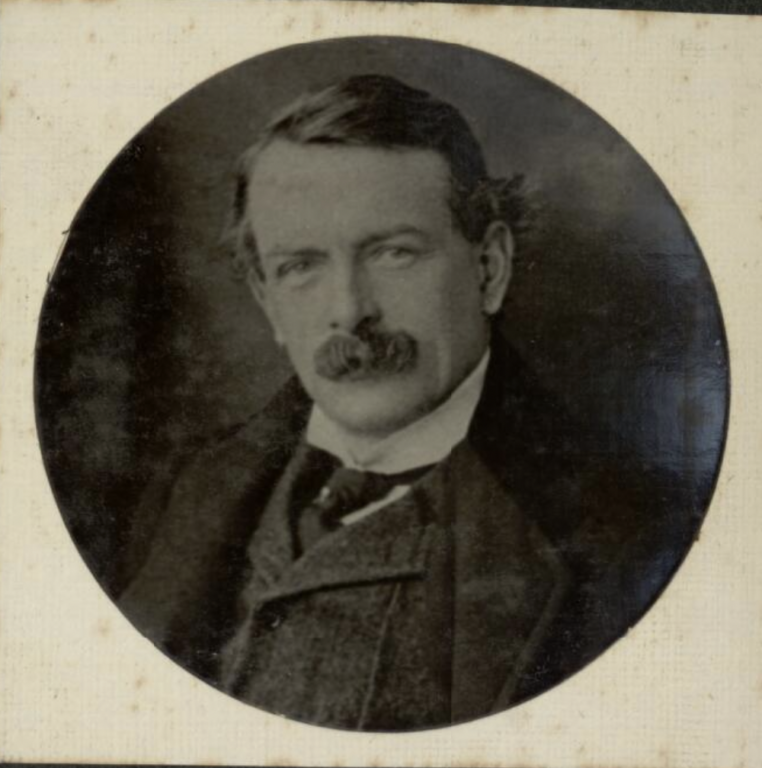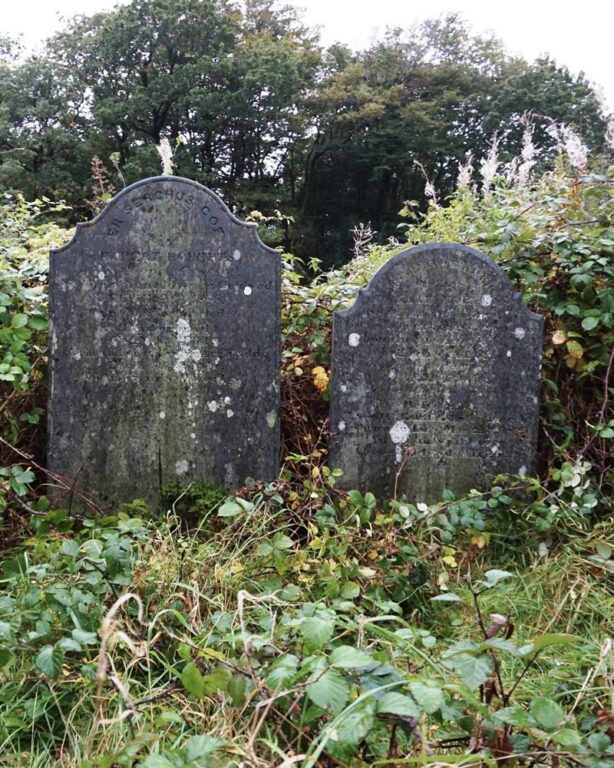
Published: 11/09/2024
Updated: 22/10/2024
Sometimes it’s possible to influence the course of history after your death far more than you ever could in your lifetime. Robert Roberts was a north-Walian quarryman who died on 23 April 1888 expressing a simple wish: to be buried next to his daughter in his local churchyard, at Llanfrothen in Merionethshire (now Gwynedd). All very well, but Robert Roberts wasn’t a member of the Established Church of England – he was a Nonconformist – and that’s where the trouble began.

To understand why Roberts’ simple wish caused such controversy we need to go back to 1864, when the parish burial ground at Llanfrothen was all but full. To solve the problem Mrs Catherine Owen, owner of a neighbouring field, donated part of her land to provide an extension. No formal agreement was drawn up, and the extension was not consecrated, but nonetheless burials in the new ground began in 1872. This worked just fine, until 1880 — when Parliament passed the Burial Laws Amendment Act permitting the burials of Nonconformists in their local churchyards without the necessity of the Burial Service of the 1662 Book of Common Prayer being used, or a cleric of the Established Church officiating.

The Rector of Llanfrothen, Rev. Richard Jones, had reasons to be unhappy with this ruling, given the potential loss of income, and perhaps it’s no coincidence that in 1881 Mrs Owen took fright and made a conveyance that burials in her field were only to take place if and when they were according to the rites of the Established Church. The scene was set for a clash, and the burial of Robert Roberts seven years later was the catalyst. Rev. Jones upheld Mrs Owen’s restriction and refused to allow Roberts’ burial in his desired plot next to his daughter — unless it was carried out with the rites of the Church of England. He even went as far as offering another plot where the restriction wouldn’t apply. Realising that he was now on a collision course with Roberts’ family and friends, he firmly locked the gates to the churchyard.
Enter a newly qualified local solicitor, one David Lloyd George, aged just 25, who took up the case and advised the family to defy Rev. Jones and bury Robert Roberts next to his daughter. Together they broke open the gate (tradition has it that Lloyd George himself did the breaking and entering) and by the light of candles and lanterns they buried Roberts where he wished to lie. Rev. Jones did not take this action lying down, and, with the support of two of the leading churchmen in the diocese, the Dean of the cathedral, and his own archdeacon (but not with the tacit support of the bishop of Bangor) brought a complaint against the Roberts family — for trespass, damage, and burying a corpse without proper authority.
The case was heard in the Porthmadog County Court, and hinged on whether Mrs Owen had the right to execute the conveyance of the land 17 years after she had given it for the churchyard extension. Controversy continued here — the jury found in favour of the defendants, but the judge ruled in favour of Mrs Owen. Lloyd George, as the Roberts’ family solicitor, appealed against the ruling, and, in the High Court, Lord Justice Coleridge overturned the verdict. The land had been part of the churchyard since 1864, and Mrs Owen had from that date lost any claim upon it.
The verdict propelled Lloyd George to prominence, and no doubt contributed significantly towards his nomination as the Liberal parliamentary candidate for Caernarfon, which seat he won in 1890. The rest, as they say, is history. David Lloyd George went on to become one of the most famous Liberal politicians in British history, a key figure in reform, laying the foundation for the welfare state; he was Prime Minister 1916-1922, during and after the First World War.

David Lloyd George in 1908 © The National Library of Wales, Olwen Carey Evans Collection, and licensed for reuse under this Creative Commons License.

The grave of Robert Roberts next to his daughter’s grave
The hostility aroused by the actions of Rev. Richard Jones at Llanfrothen and his supporters also increased momentum for the Disestablishment of the church in Wales – an important change to separate Anglicanism in Wales from the Church of England and assert Welsh national and linguistic identity – which finally took place in 1920.
So Robert Roberts certainly achieved his place in history after his death more than he ever did in his lifetime. He now lies buried peacefully in the churchyard at Llanfrothen, next to his daughter. When you visit Llanfrothen, seek out his grave, and consider the impact of local direct action on the politics, church and people of Wales and beyond.
This essay (first published in 2019) is indebted to the research into the Llanfrothen Burial Case, as it is familiarly known, carried out by Natasha Miller of the Middle Temple.